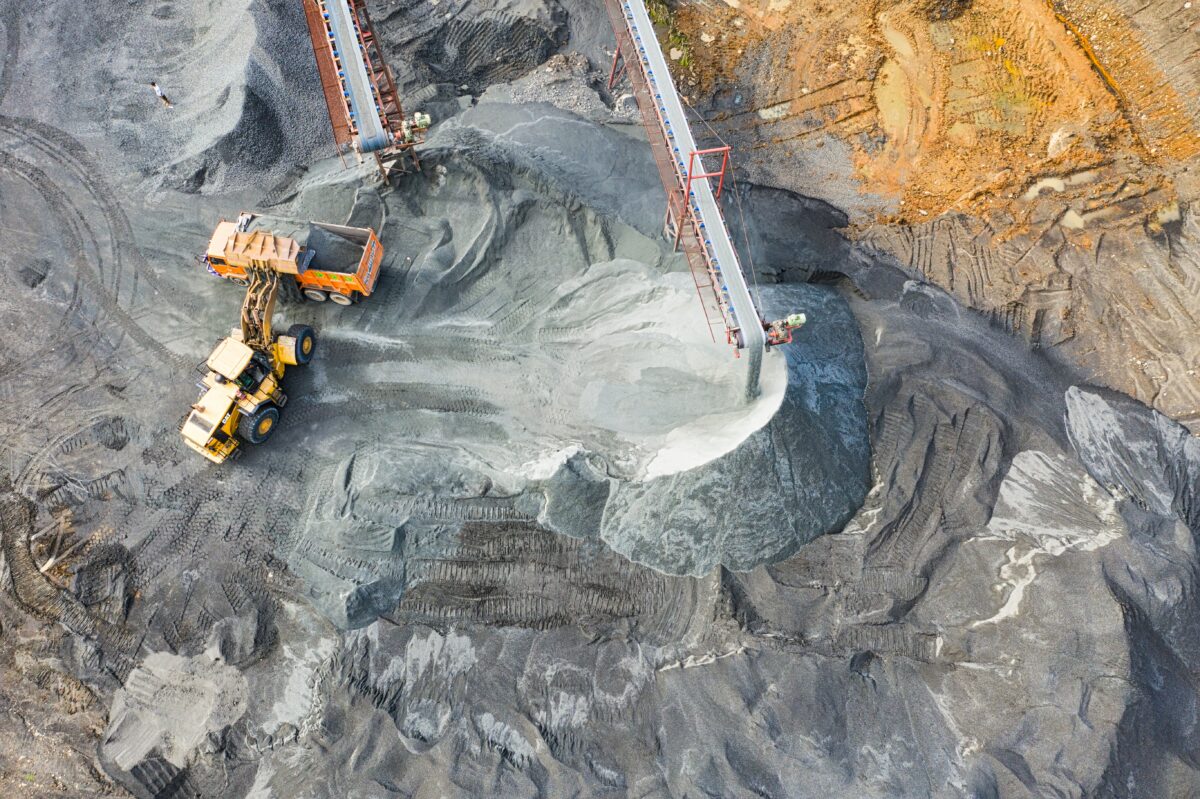The Carbon Market Institute (CMI) has today welcomed the release of the Albanese government’s consultation paper for Safeguard Mechanism reform as another key moment in elevating Australia’s climate policy, and will be consulting with its over 140 corporate members in finalising its submission. CMI has long advocated for reform of the policy, with research dating back to 2018.
“Reforms to the Safeguard Mechanism covering our largest emitters are vital to guide investment in accelerating emission reductions to 2030 and thereafter if Australia is to remain competitive in the world race to net-zero emissions crucial to stem escalating climate impacts,” said John Connor, CEO, Carbon Market Institute.
The Safeguard Mechanism, introduced by the Coalition, makes Australia’s biggest companies measure, manage and sometimes ‘make good’ for their emissions against established baselines at 215 facilities across Australia. To date, poor ambition and policy design has seen emissions from covered metals, mining, oil and gas extraction, manufacturing, transport, and waste facilities increase by 4.3% between 2016-17 and 2020-21.
The government is planning to reform this mechanism to have declining baselines and to assist the achievement of its target of reducing Australia’s overall emissions by 43% from 2005 levels by 2030.
“The design elements need to be carefully considered to ensure that the evolved scheme can drive industrial decarbonisation, support industry and enhance Australia’s carbon competitiveness in a world where 80% of our trading partners have made commitments to net-zero emissions,” he said.
This consultation takes place alongside the important Chubb Review into Australia’s carbon crediting framework, which CMI has also welcomed as vital to ensure Australia’s policy framework is fit for purpose.
The CMI Research/Reputex Potential Futures for Australia’s Safeguard Mechanism Report modelled four potential SM design pathways and key findings include:
- Under business as usual, emissions from the 212 facilities will reach 140 million tonnes by 2030 (18% above 2005 levels), creating an estimated abatement task for covered facilities of 170 mega tonnes (MT).
- All options for declining baselines can send effective long term decarbonisation investment signals, but all would require complementary market rules and transition packages to support market effectiveness and timely emission reductions.
- Proposed below-baseline Safeguard Mechanism Credits will provide incentives for industrial decarbonisation, but market rules will be required to govern their use. This will be particularly necessary in the early years of the evolved scheme, to prevent credit oversupply and minimise impact on the existing Australian Carbon Credit Unit (ACCU) industry.
- Unlike a decade ago at the start of the Carbon Pricing Mechanism (CPM), Australia now has relatively abundant offset supply, with ACCU issuance growing from just 1.8 million in 2012-13 (the start of the CPM) to over 111 million today.
- Through to 2030, 126 million new ACCUs may become available if project owners exit their existing contracts under the Emissions Reduction Fund – equivalent to 74% of the abatement task to 2030.
- Industry is therefore expected to have access to plentiful, cost-effective sources of domestic offset supply, accessible today via Australia’s developing forwards and derivatives markets. This raises questions about the need for international offsets in the short to medium term.
- Assistance measures must be carefully designed to support industry decarbonisation, while maintaining competitiveness.
- Under the existing definition of emissions intensive trade exposed (EITE), 78% of covered emissions and 56% of facilities could be classified as EITEs. Exempting these facilities from or loosening obligations for these sectors could therefore undermine Australia’s low-carbon transition, while placing a larger burden on many non-EITE sectors, that are also hard-to-abate.
- ‘Cost containment schemes’ and transition support may provide better support for internationally exposed and hard to abate sectors.
- Annual declines from base-year emissions are expected to range from 3.6 to 4.5% in three scenarios for net-zero emissions by 2050, or 5.6% for net-zero emissions by 2040.
“CMI looks forward to working with its members, the Government and the community on the Safeguard Mechanism consultation, as well as the review into the integrity and additionality of ACCU methods,” concluded Connor.
About the Carbon Market Institute
The Carbon Market Institute (CMI) is a unique independent member-based organisation that is an industry association that also promotes best practice for business in the transition to net zero emissions. Its over 140 members include primary producers, carbon project developers, Indigenous corporations, legal, technology and advisory services, insurers, banks, investors, corporate entities and emission intensive industries developing decarbonisation and offset strategies.
For further information, contact Thomas Hann on 0408 880 536 or thomas.hann@carbonmarketinstitute.org



